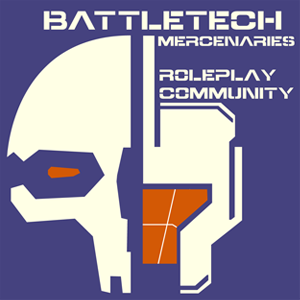Hegemony Memory Core
Sarna News

- HEXTECH Review - Wave 3 Brings More Urban Options To Your Battlefield
- Your BattleTech News Round-Up For March, 2024
- Crashing 'Mechs With Jennifer Brozek, Author Of The Rogue Academy Trilogy
- Getting The Word Out With Rem Alternis, Catalyst Community & Marketing Director
- Bad 'Mechs - Yeoman
- Read more →
This article needs to be updated with material from Historical Turning Points: New Dallas. Once these titles clear the Moratorium period, or if they already have, please consider revisiting this article and updating it with the new material. |
The Hegemony Memory Core, also referred to as the New Dallas Memory Core was a Star League library discovered on New Dallas during the early stages of the Jihad.
Contents
History
New Dallas was a terraformed world founded in 2354 by the Terran Hegemony. In a successful attempt to keep the citizens loyal to the Hegemony, the planetary militia were among the first non-HAF members to receive BattleMech technology, and were kept up to date with cutting-edge developments. Rather than being scrapped outright, old designs were mothballed in a large bunker, resulting in a cache of technology and information that became forgotten during the destruction of the Amaris Civil War and the First Succession War[1]. Eventually New Dallas itself was rendered uninhabitable, disappearing from charts during the Second Succession War.
Discovery
In the late 31st Century, an expedition from the Devil's Brigade mercenary unit was sent to New Dallas under the orders of Chandrasekhar Kurita. Kurita had obtained information that indicated Terran Hegemony planetary militias had access to the latest SLDF hardware in the lead-up to the Amaris Coup. While the surface of New Dallas was an uninhabitable wasteland, untouched for centuries, the bunker was found intact; at the heart of the bunker lay a memory core with full specifications on League, House and Periphery designs.[2]
Given the limited spread of the Helm Memory Core, which predominantly remained within House goverments, Kurita used every asset at his disposal to disseminate the information from the Hegemony core equally to all people, including HPG transmissions, JumpShips, and Black Boxes.
While not as ground-breaking as the discovery of the Helm Memory Core, data from the Hegemony Memory Core enabled a revival in Mech development and construction from small-scale companies, and the emergence of RetroTech. The core also provided details regarding cutting-edge technology used in SLDF Royal units.[3]

